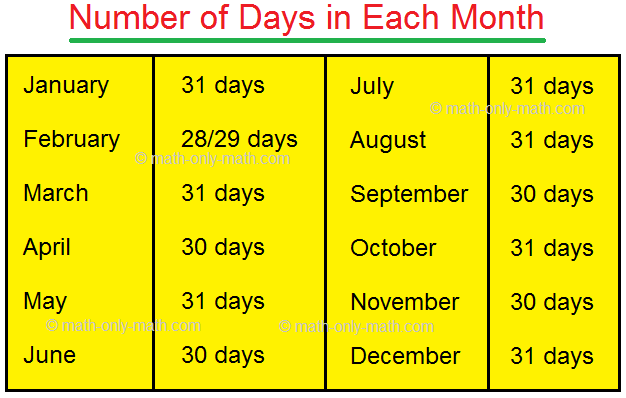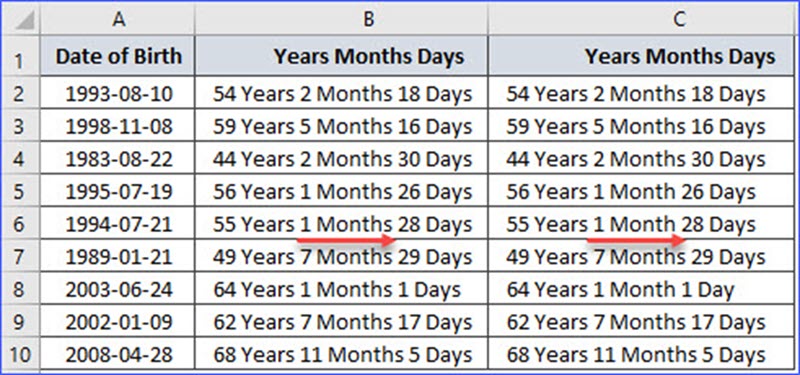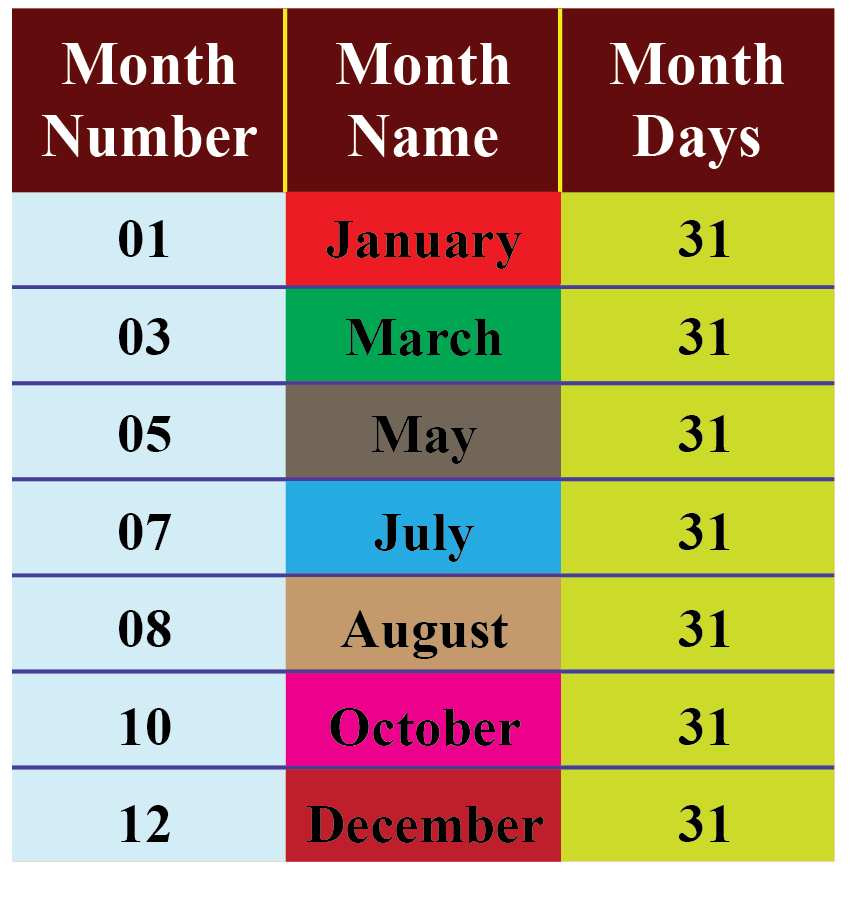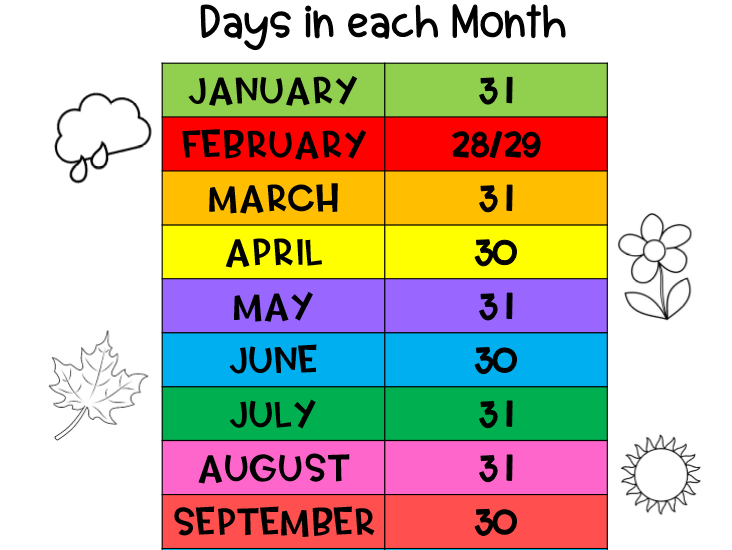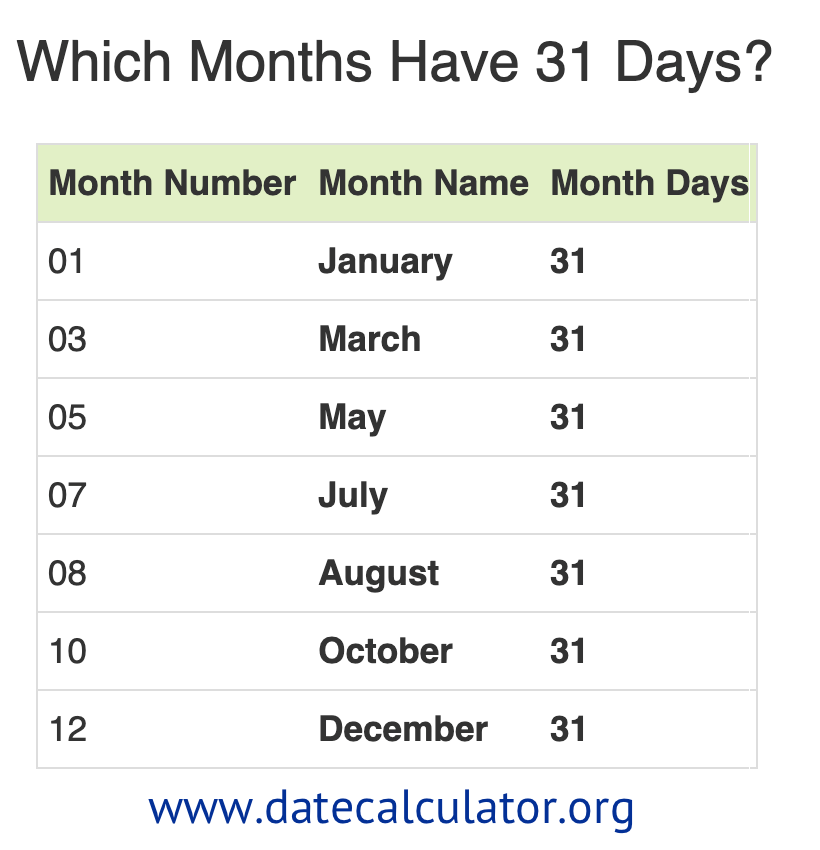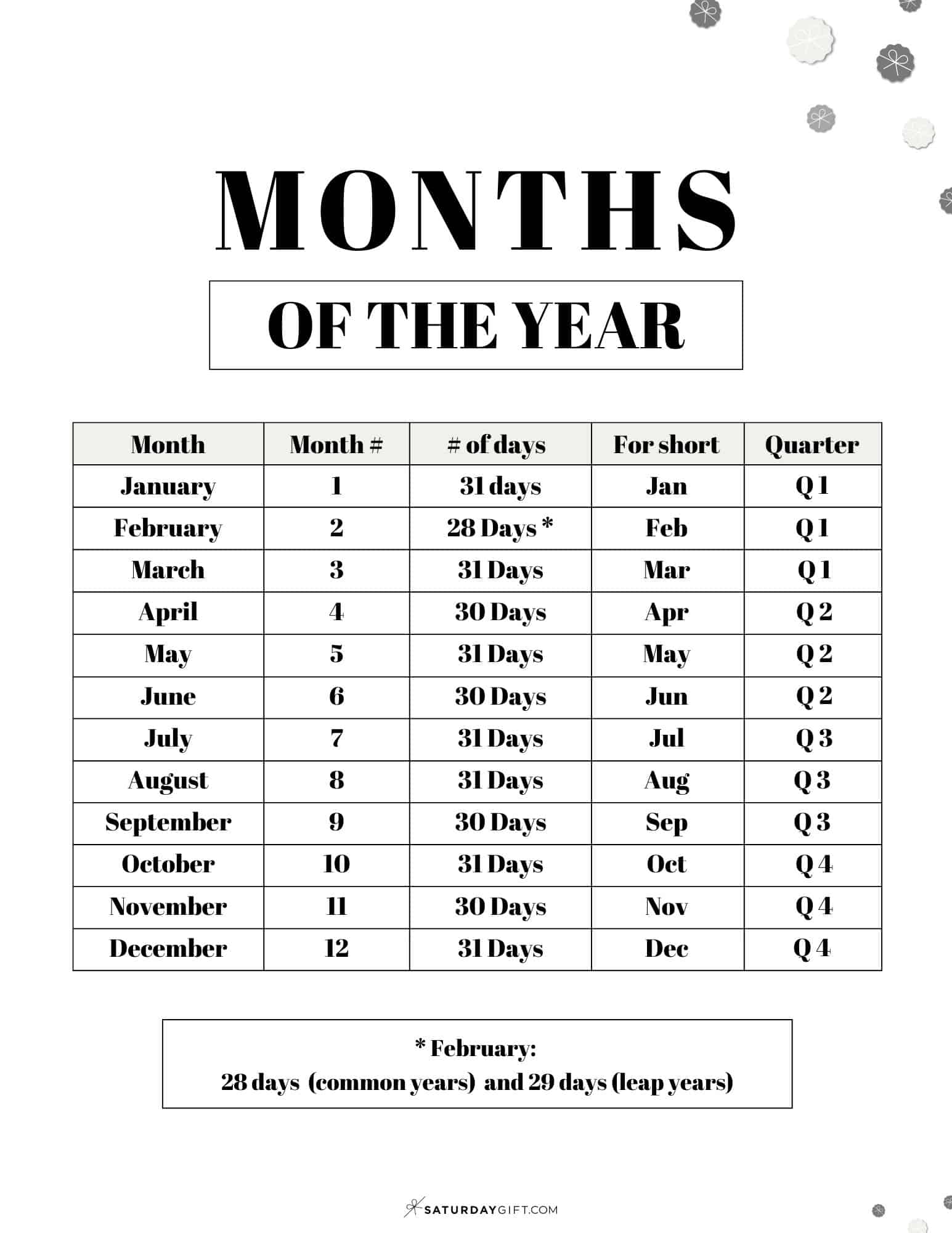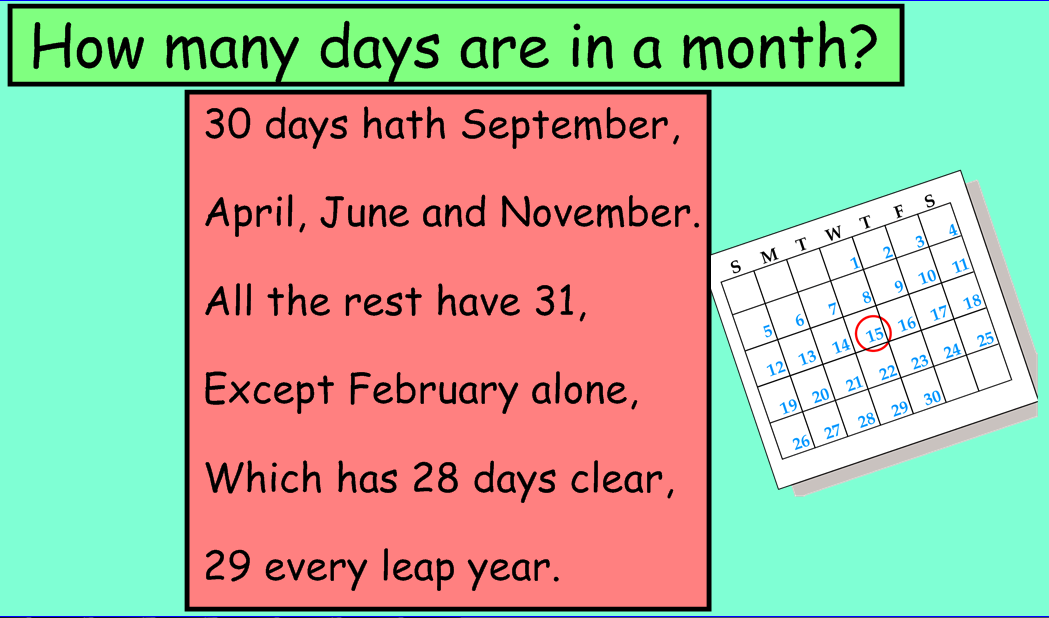How Many Months Is 480 Days
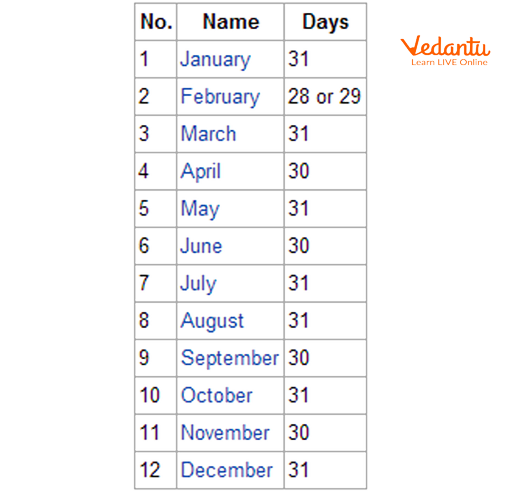
Imagine yourself planning a grand adventure, perhaps a cross-country road trip or a sabbatical spent exploring a new culture. The duration is crucial; will it be a few weeks, a couple of months, or something more substantial? Figuring out the exact timeframe, especially when dealing with figures like 480 days, can feel like navigating a numerical maze.
At its core, this article addresses a simple yet surprisingly common question: How many months are there in 480 days? This exploration isn't just about crunching numbers; it's about understanding how we measure time, the inherent complexities in that measurement, and why a precise answer isn't always straightforward.
The Basic Calculation
The most immediate approach involves a simple division. We know a month averages around 30 days, so dividing 480 days by 30 gives us 16 months.
However, the reality is more nuanced. Months aren't all precisely 30 days long. Some are 31, February is shorter, and leap years further complicate the calculation. Therefore, 16 months serves as a good starting point but requires refinement for accurate planning.
Accounting for Calendar Irregularities
To understand the nuances, let's delve into the Gregorian calendar, the most widely used calendar system. It dictates that most years have 365 days, but every four years, we add an extra day – the leap day – to February, creating a 366-day year.
This leap year adjustment ensures our calendar remains aligned with the Earth's orbit around the sun. Without it, our seasons would slowly drift over time.
The Average Month Length
Considering these irregularities, we can calculate a more accurate average month length. Over a 400-year cycle, there are 97 leap years. This gives us an average of 365.2425 days per year.
Dividing this annual average by 12 months gives us an average month length of approximately 30.436875 days. This figure is crucial for greater precision.
Refining the Calculation
Using this more accurate average, we can recalculate the number of months in 480 days. Dividing 480 by 30.436875 yields approximately 15.77 months.
This is a more precise estimation than our initial calculation of 16 months. Therefore, 480 days is closer to 15 and three-quarter months.
Practical Implications and Examples
Understanding this conversion has practical applications. Imagine a research grant spanning 480 days. Knowing it translates to roughly 15.77 months helps in project planning and resource allocation.
Similarly, consider a long-term medical treatment requiring 480 days of medication. Both patient and healthcare provider can have a clearer understanding of the treatment duration by converting it into months.
Real-World Scenarios
Many contracts, leases, and project timelines are often specified in days. Converting these durations into months offers a more intuitive grasp of the commitment involved. It enables better visualization and comparison.
For instance, a lease agreement of 480 days is more easily understood as approximately 15 and three-quarter months. This simplifies negotiations and financial planning.
Why Precision Matters
While the difference between 16 months and 15.77 months might seem minor, it can be significant in certain contexts. In financial calculations, even small discrepancies can accumulate over time.
Therefore, choosing the appropriate level of precision depends on the specific application. For rough estimations, 16 months suffices. For precise planning and budgeting, using 15.77 months is more appropriate.
Online Tools and Resources
Fortunately, several online tools and calculators are available to perform this conversion. These tools automatically account for the varying lengths of months and leap years.
Resources like timeanddate.com and various unit conversion websites offer accurate and convenient solutions. These tools can quickly translate days into months, years, or other time units.
These resources are especially useful for complex calculations or when handling large numbers of days. They eliminate the need for manual calculations and reduce the risk of errors.
The Intrigue of Time Measurement
Ultimately, the question of how many months are in 480 days highlights the fascinating challenges in measuring time. Our calendar system, while practical, is an imperfect representation of the Earth's orbit. It requires constant adjustments and approximations.
This inherent complexity makes time conversions both necessary and intellectually engaging. It is a reminder that mathematics and science intersect with our daily lives in surprising ways.
So, the next time you encounter a timeframe measured in days, remember the journey involved in converting it to months. It's not just about dividing by 30; it's about understanding the history and intricacies of our calendar system.
Final Thoughts
In conclusion, while a simple division might suggest that 480 days is equivalent to 16 months, a deeper dive reveals a more accurate figure of approximately 15.77 months. This refined answer acknowledges the irregularities of the Gregorian calendar and its impact on our perception of time.
Whether you're planning an extended vacation, managing a project timeline, or simply curious about the passage of time, understanding this conversion provides valuable insight. Time, after all, is a precious resource, and measuring it accurately empowers us to make informed decisions and appreciate the rhythm of our lives.
So, embrace the adventure, plan wisely, and let the knowledge of time guide your journey, be it measured in days, months, or years.
